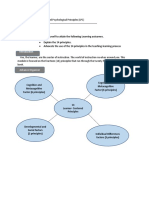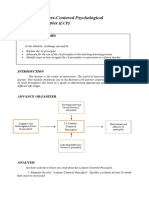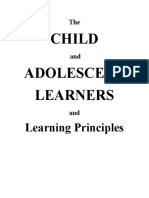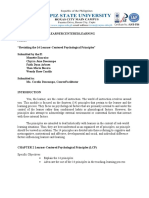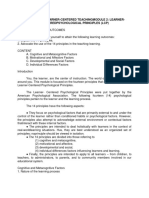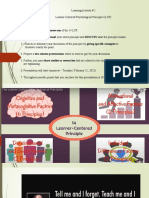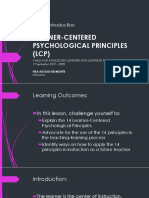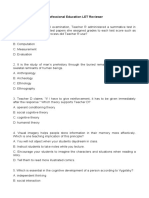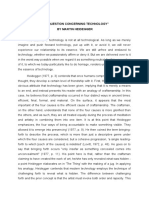0% found this document useful (0 votes)
35 views12 pagesPec 102 - Module 2 Answers
This document outlines the Learner-Centered Psychological Principles (LCP), which emphasize placing the learner at the heart of the educational process. It details 14 principles categorized into cognitive, motivational, developmental, social, and individual differences factors that influence learning. The principles aim to support holistic development and acknowledge the impact of both internal and external factors on the learning experience.
Uploaded by
gillanne0310Copyright
© © All Rights Reserved
We take content rights seriously. If you suspect this is your content, claim it here.
Available Formats
Download as DOCX, PDF, TXT or read online on Scribd
0% found this document useful (0 votes)
35 views12 pagesPec 102 - Module 2 Answers
This document outlines the Learner-Centered Psychological Principles (LCP), which emphasize placing the learner at the heart of the educational process. It details 14 principles categorized into cognitive, motivational, developmental, social, and individual differences factors that influence learning. The principles aim to support holistic development and acknowledge the impact of both internal and external factors on the learning experience.
Uploaded by
gillanne0310Copyright
© © All Rights Reserved
We take content rights seriously. If you suspect this is your content, claim it here.
Available Formats
Download as DOCX, PDF, TXT or read online on Scribd
/ 12
